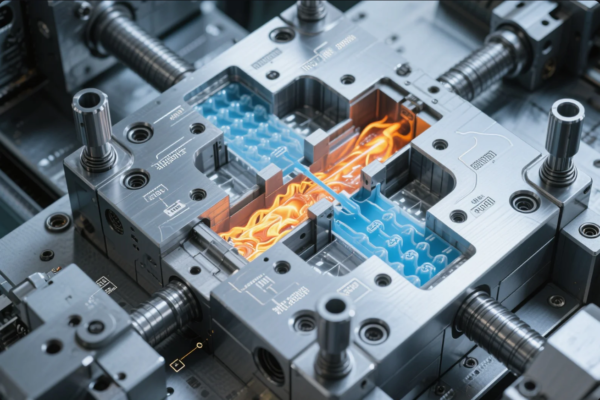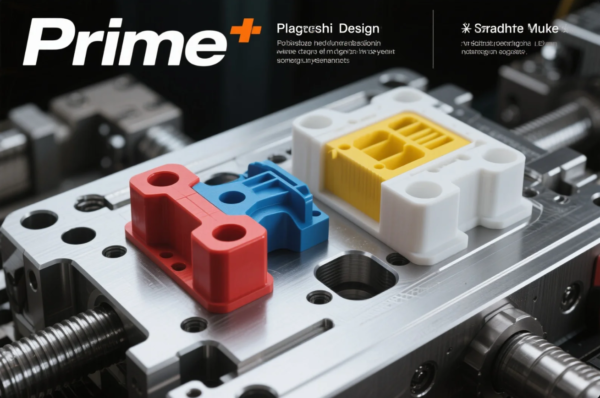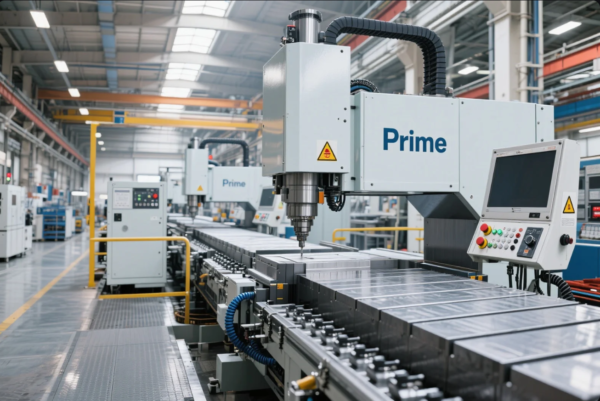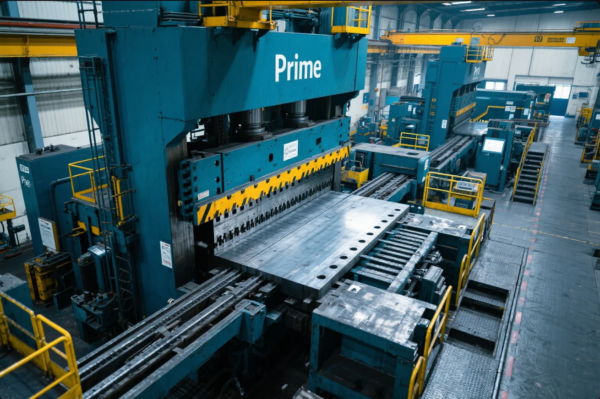Why do tack hammers have a split?
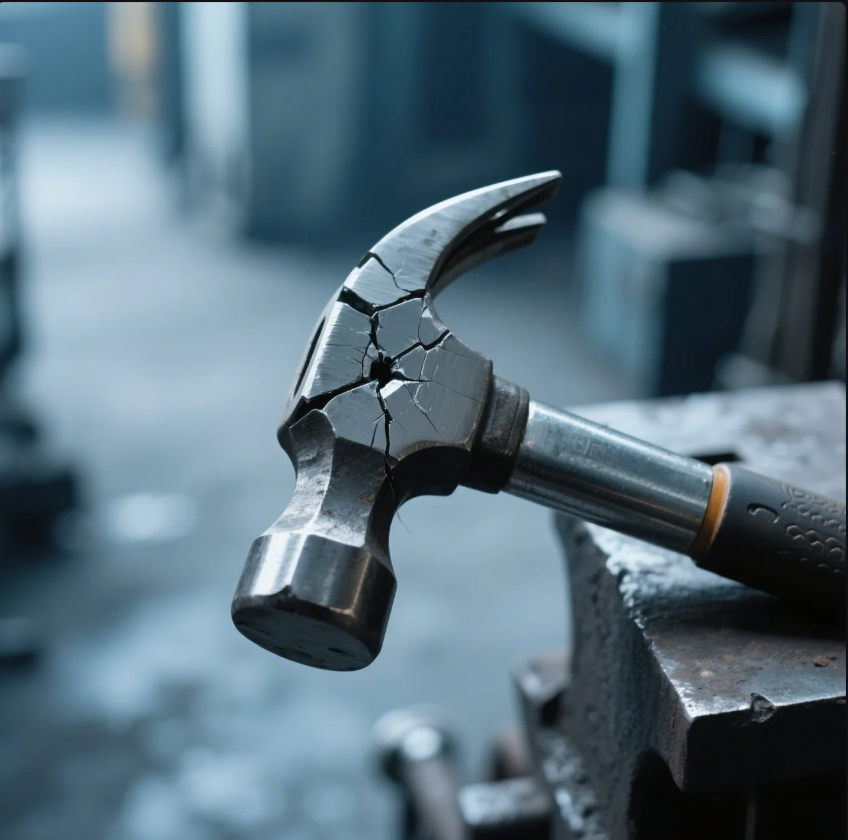
Many people notice the split in a tack hammer head but don’t know what it’s actually for.
The split in a tack hammer holds small tacks using magnetism, allowing for precise one-handed placement.
This design is essential in upholstery, cabinetry, and light decorative metalwork.
LOOP_START
What is the split in a tack hammer for?
It looks unusual, but the split isn’t a flaw—it’s a built-in magnetic helper.
The split tip of a tack hammer holds tacks magnetically, enabling accurate placement before striking.
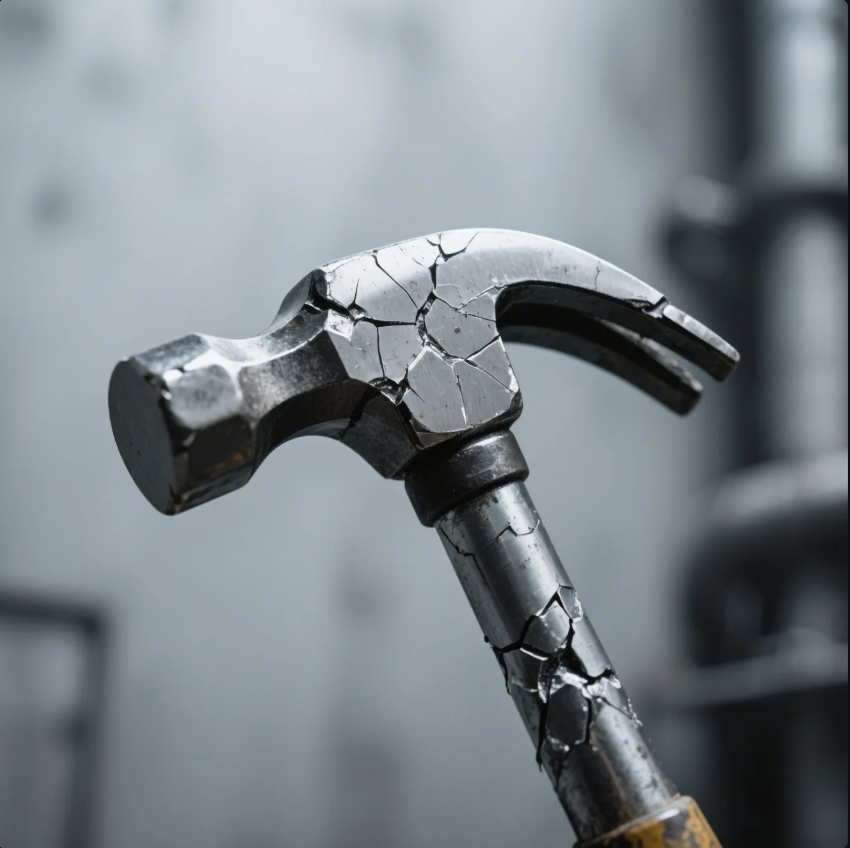
Precision Without Pinched Fingers
When restoring a vintage chair, I used a tack hammer to apply dozens of tiny tacks. The magnetized split held each tack perfectly straight while I tapped it into place—saving time and preventing misalignment.
How It Works
| Feature | Function |
|---|---|
| Magnetic split head | Temporarily holds small tacks or nails |
| Slim profile | Allows work in tight, precise areas |
| Light weight | Reduces over-driving delicate fasteners |
Tack hammers aren’t used in our heavy-duty forged component lines at Prime—but clients in custom furniture and metal decor often use them for final detailing.
LOOP_END
LOOP_START
What is a split hammer?
A “split hammer” isn’t just any broken tool—it’s a specific design used for fine, detailed work.
A split hammer, like a tack hammer, includes a slit in the face to hold fasteners magnetically.

Small Tool, Smart Design
I encountered this tool when supplying decorative metal fasteners for a boutique furniture maker. Their team used split hammers to install hundreds of tacks without ever dropping one.
Where Split Hammers Shine
| Industry | Why They Use It |
|---|---|
| Upholstery | Fast, one-handed tack placement |
| Woodworking | Decorative nail installation |
| Light metalwork | Non-damaging, precise tapping |
While not used in forging, we often work with clients sourcing aesthetic metal parts who rely on these tools for presentation-quality assembly.
LOOP_END
LOOP_START
What is the purpose of a tack hammer?
A tack hammer isn’t for brute force—it’s a finishing tool for detail and care.
The purpose of a tack hammer is to drive small tacks or nails accurately without damaging the surrounding material.
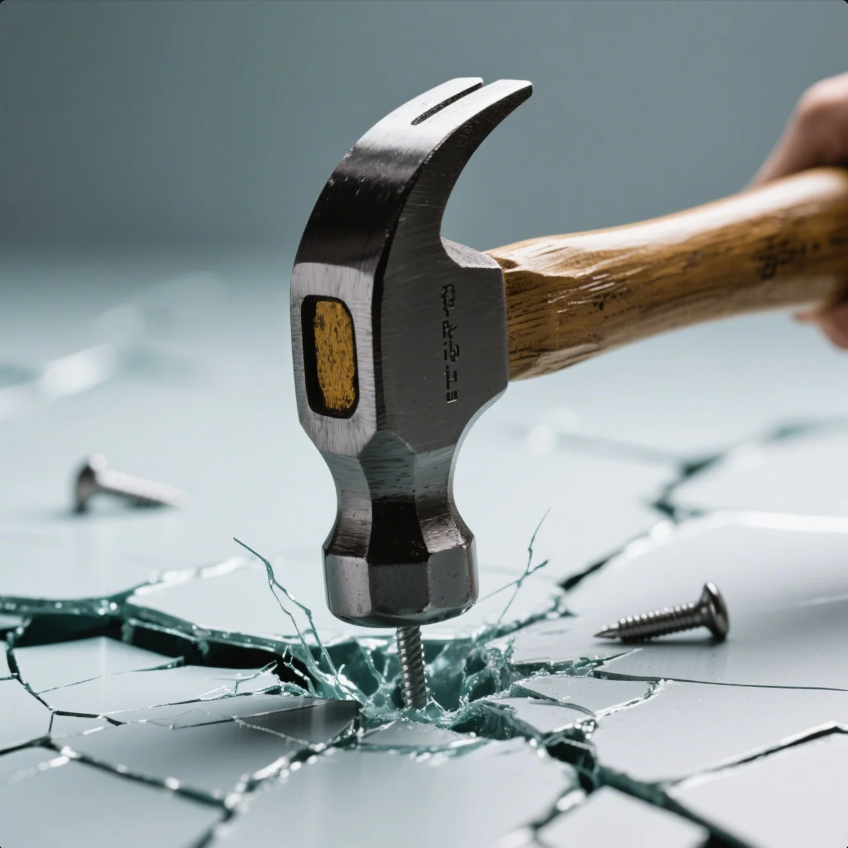
Finish Work Made Simple
When working on prototype metal casing covers for an electronics supplier, I saw how tack hammers ensured the final product stayed clean and precise—no hammer marks or overdriven nails.
Key Advantages
| Feature | Benefit |
|---|---|
| Lightweight head | Protects delicate materials |
| Magnetic split side | Enables fast one-handed tack setup |
| Dual-face head | Lets you start and finish with control |
Tack hammers are still used today for light finishing on CNC or cast aluminum covers, especially where manual trim work is needed.
LOOP_END
LOOP_START
What are the parts of a tack hammer?
Though it’s a small tool, every part of a tack hammer plays a role in accuracy and usability.
A tack hammer typically includes a magnetic split face, a flat striking face, and a lightweight wooden or fiberglass handle.

Simple Design, Smart Function
During a product test for decorative brass fastening kits, we broke down the tack hammer into parts to optimize strike angles and reduce user fatigue.
Component Overview
| Part | Function |
|---|---|
| Magnetic split face | Holds tacks before striking |
| Flat face | Drives tack completely into material |
| Lightweight handle | Offers control and reduces hand fatigue |
| Head (steel or brass) | Minimizes damage to tack heads |
At Prime, even though we focus on industrial stamping and forging, we recognize how precision tools like these support the final stages of product assembly.
LOOP_END
Conclusion
The split in a tack hammer helps securely hold tacks for precise placement, ideal for detailed, high-finish work.
Need precision components or fastening tools for your production line? Contact Prime for expert support, custom solutions, and fast global delivery. We supply ISO-certified metal parts and hardware trusted by pros in every industry—on time, every time.

